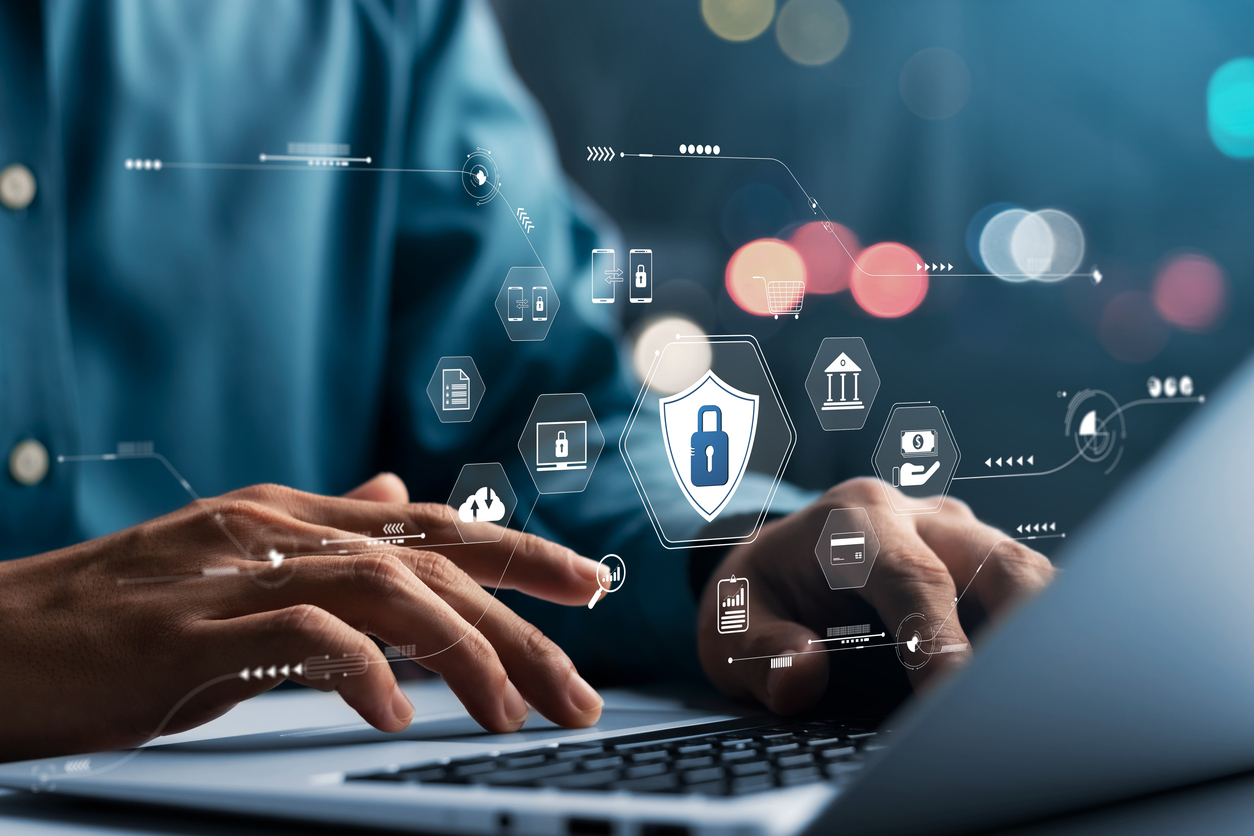How the U.S. Is Regulating AI in 2025: Strategic Moves and National Security
As of 2025, the U.S. is taking a strategic, behind-the-scenes approach to regulating artificial intelligence, focusing on AI hardware, semiconductors, and national security, rather than direct oversight of AI applications like chatbots and generative tools. This article explores the latest developments, government actions, and implications for technology, business, and consumers.
A Hands-Off Approach? Not Quite
At first glance, the United States’ AI policy may appear deregulated. Public statements from policymakers suggest a reluctance to impose early bureaucratic constraints on emerging AI technologies. However, beneath this seemingly hands-off approach, the federal government is actively shaping AI’s trajectory.
Unlike the EU, which is creating detailed rules for AI applications, the U.S. is focusing on foundational AI components, including chips and advanced computing hardware. Restrictions on semiconductor exports to countries such as China and strategic agreements with partners like the United Arab Emirates show the government’s intent to control access to critical AI infrastructure.
National Security Meets Tech Policy
“AI is not just a technology issue—it’s a strategic security priority,” said Dr. Michael Brown, Director of the Center for Strategic Technology Studies. “By controlling hardware and supply chains, the U.S. ensures both national security and global leadership in AI development.”
This approach allows the U.S. to influence AI development globally without enacting restrictive regulations on developers or users of AI applications, such as chatbots or content generators. The strategy underscores how the government prioritizes long-term technological dominance while maintaining innovation-friendly conditions domestically.
Financial and Business Implications
The U.S.’s strategic control over AI hardware has significant financial consequences:
-
Investment in AI Startups: Companies producing AI chips and computing hardware benefit from government-aligned supply chain policies.
-
Corporate Planning: Firms like NVIDIA, AMD, and Google Cloud must navigate regulatory constraints and export controls while pursuing AI innovation.
-
Global Market Influence: Restricting access to semiconductors for certain markets affects international competitiveness and business revenue streams.
Economist Laura Chen from MIT Sloan School of Management notes, “By limiting access to foundational AI technology, the U.S. creates both risks and opportunities for businesses that depend on AI, from startups to multinational corporations.”
What This Means for AI Developers and Consumers
Developers building AI tools may face indirect impacts, such as slower adoption of AI chips or limited access to cutting-edge computing resources. Consumers, meanwhile, may notice delayed availability of certain AI-driven applications or products.
This strategic approach also leaves room for future regulation. As AI evolves, the U.S. is expected to complement hardware-focused measures with rules targeting ethical AI deployment, privacy, and accountability—ensuring long-term alignment with both security and societal needs.
Looking Ahead
The U.S. approach highlights a new regulatory paradigm: indirect influence rather than direct oversight. This allows innovation to flourish while safeguarding national interests. For businesses, policymakers, and investors, staying informed about AI hardware policies and global trade restrictions will be essential.
According to analysis reviewed by CEO Today, companies that align with U.S. AI supply chain and regulatory strategies are likely to gain competitive advantages in the next wave of AI innovation.
FAQ: AI Regulation in the U.S.
1. How is the U.S. regulating AI in 2025?
The U.S. focuses on controlling AI hardware, semiconductors, and supply chains rather than direct rules for applications like chatbots.
2. What industries are affected by U.S. AI regulations?
AI chip manufacturers, cloud computing companies, and AI-driven startups are most impacted by export controls and supply chain strategies.
3. How does this affect consumers?
Indirectly, users may see delayed access to cutting-edge AI tools and services due to hardware limitations and export restrictions.
4. Will the U.S. implement direct AI application regulations?
Future regulations are likely to focus on ethical AI, privacy, and accountability, complementing the current hardware-focused strategy.














